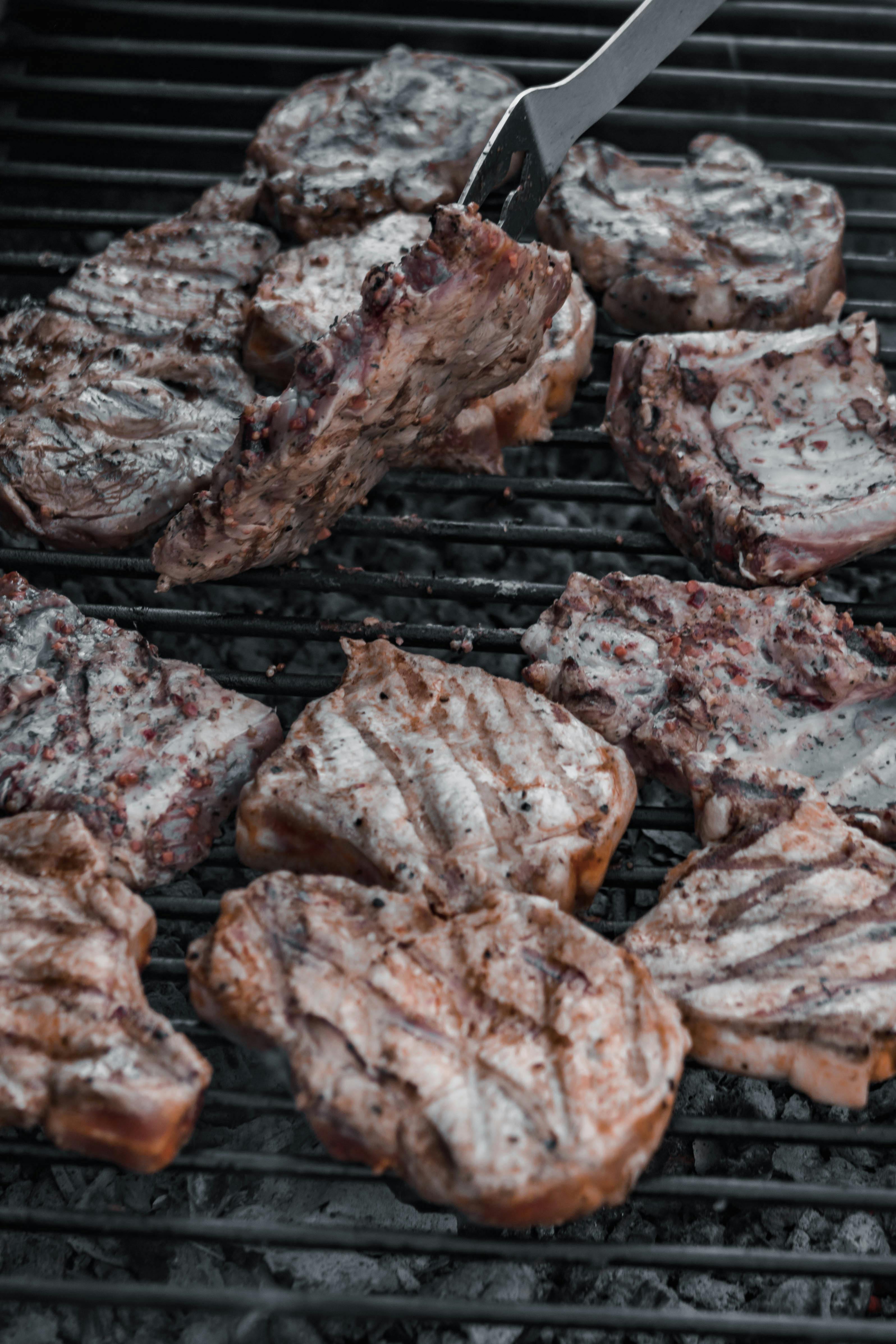Effective Ways to Clean a Hairbrush: Essential Tips for 2025
Keeping your hairbrush clean is crucial for maintaining healthy hair and an effective grooming routine. A dirty hairbrush can harbor oils, dirt, and hair care products that not only transfer back to your hair but can also lead to scalp issues. Understanding how to clean a hairbrush efficiently is essential for all hair types, whether you use a paddle brush, round brush, or a specialized brush for styling.
This article will cover various cleaning techniques and products that can be used to maintain your hairbrush, the importance of regular cleaning, and how often you should be cleaning your brushes. We’ll delve into step-by-step cleaning methods that minimize damage to bristles while ensuring thorough sanitation. You'll also find expert tips on proper hairbrush maintenance, as well as effective methods for cleaning brushes used on pets. With these insights, you'll be well-equipped to achieve a clean hairbrush and, consequently, healthier hair.

Essential Guide to Hairbrush Care Routine
Building on the basics of hair hygiene, it’s essential to create a structured hairbrush care routine. Regular cleaning prevents buildup, which can weave seamlessly into your hair care practices and contribute to overall hair health. Depending on your hair type and how often you use your brush, the frequency of cleaning can vary.
How Often to Clean Your Hairbrush
How often you should clean your hairbrush is impacted by various factors, including hair type, product usage, and your grooming frequency. For individuals who use hair products like gel or mousse, weekly cleaning is recommended. Those with oily hair may also need to clean more frequently compared to individuals with drier hair.
For occasional brush users, a bi-weekly routine might suffice. Maintaining a consistent cleaning schedule will not only help maintain brush hygiene but also promote scalp health. It also aids in preventing damage to the bristles and ensures they remain effective in their function.
Why Cleaning Your Hairbrush is Important
The importance of a clean hairbrush cannot be stressed enough. Apart from optimizing the performance of your brush, regular cleaning eliminates bacteria, fungi, and oil build-up. This practice promotes hair health by reducing the risk of scalp irritations and breakouts.
Additionally, a clean hairbrush makes styling easier, as it effectively glides through hair without pulling or snagging. For these reasons, all users must embrace a cleaning routine that suits their lifestyle and hair care habits.

Step-by-Step Hairbrush Cleaning Techniques
Now that you understand the importance of routine cleaning and frequency, let’s discuss effective cleaning methods in detail. The right techniques will depend on the brush material, whether it be plastic, wood, or natural bristles.
How to Clean a Hairbrush with Soap
Using soap is one of the most common methods for cleaning hairbrushes. Begin by removing all hair strands from the brush's bristles. Submerge the brush in warm soapy water, using mild dish soap to avoid damaging the bristles or wood finishes.
Swirling the brush gently in the water will help dislodge oils and product residue. Rinse thoroughly and allow the brush to air-dry completely before use. This simple technique is effective for most synthetic brushes.
Clean Hairbrush with Vinegar
Cleaning hairbrushes with vinegar can be an excellent option for those looking for natural disinfectants. Create a solution of equal parts water and white vinegar, soaking your hairbrush for about 30 minutes. This not only cleans but also helps sanitize the brush, killing bacteria and fungi present. After soaking, rinse thoroughly to eliminate the vinegar smell and let it air-dry.
Effective Cleaning with Baking Soda
Baking soda is known for its natural cleaning properties and can effectively remove stubborn buildup. Create a paste by mixing baking soda with water, applying it directly to the bristles. Use an old toothbrush to scrub gently, focusing on areas with significant buildup. Rinse well to ensure no residue is left, and allow the brush to dry completely.
Pro Tips for Maintaining Hairbrush Health
As we delve deeper into maintaining your hairbrush, let’s explore some pro tips that ensure longevity and effectiveness. Adopting basic maintenance habits can enhance the lifespan of your hairbrush and keep your hair healthy.
Choosing the Right Brush for Your Hair Type
The efficacy of a brush is partially determined by its compatibility with your hair type. Whether you have straight, curly, or wavy hair, selecting the appropriate brush can prevent tugging and pulling, which are detrimental to hair health. For instance, wide-toothed combs work best for curly hair to minimize frizz.
Proper Brush Storage
Proper brush storage can also play a significant role in its maintenance. Store brushes away from humidity and direct sunlight to preserve bristle integrity. Using a designated storage spot keeps your brushes clean and prevents them from coming into contact with dirt or bacteria.
Using the Right Cleaning Tools
Utilizing proper cleaning tools can enhance your cleaning routine. Invest in comb and brush cleaners to help remove hair easily. Additionally, disinfectants tailored for brushes can ensure comprehensive sanitation without damaging them.
Importance of Cleaning Tools for Hair Hygiene
Similarly, the tools you use for cleaning hairbrushes significantly affect their performance and longevity. Regular cleaning tools can make the process easier and more effective. Understanding the attributes of these cleaning tools will help in establishing a deeper cleansing routine.
Reusable Cleaning Accessories
Using reusable cleaning accessories not only promotes easier hairbrush maintenance but is also environmentally friendly. Consider options like microfiber cloths for quick wipe-downs in between uses or reusable brush combs for efficient hair removal. These tools not only assist in cleaning but also streamline your hair care routine.
Hairbrush Sanitization Techniques
Different hairbrush sanitization techniques include using hospital-grade disinfectants or natural alternatives. For individuals sensitive to chemicals or those preferring an eco-friendly approach, essential oils have disenfection properties and can be mixed with water. A few drops can break down dirt and sanitize your brush without harsh effects.
Q&A: Common Queries About Hairbrush Cleaning
What’s the best way to remove hair from my hairbrush?
The simplest method is to use a comb or your fingers to pull out hair strands. Ensure this is done regularly to prevent buildup.
How can I disinfect my hairbrush at home?
Essential oils, vinegar, and soap water are excellent natural methods for disinfecting brushes effectively.
How often should I wash my hairbrush?
It is generally advisable to clean your hairbrush weekly if used daily, altering frequency for less frequent users.
Can I clean different types of brushes using the same method?
While some cleaning methods work universally, it’s important to consider the specific material of your brush, as some methods may cause damage.
What is the best way to clean a paddle brush?
Paddle brushes can be soaked in warm soapy water and scrubbed gently as detailed in the cleaning techniques section.
